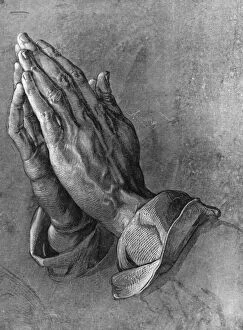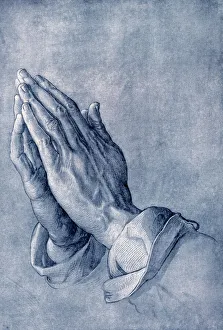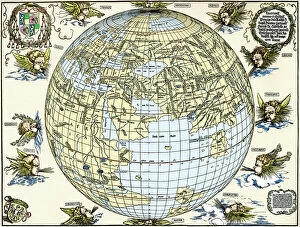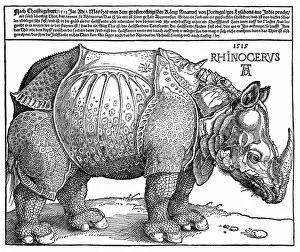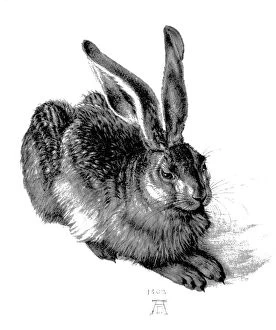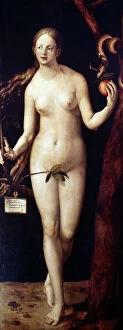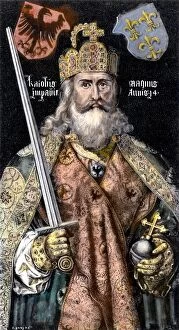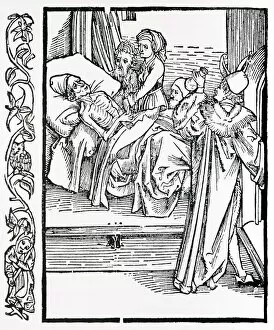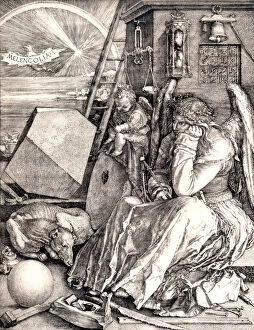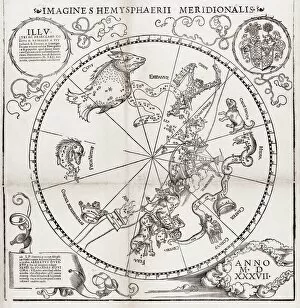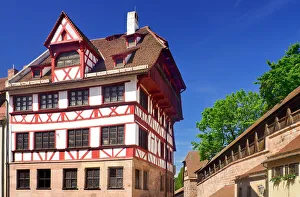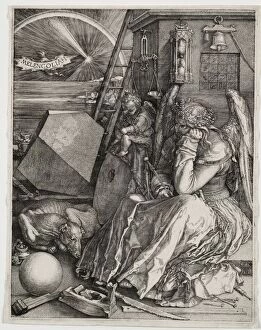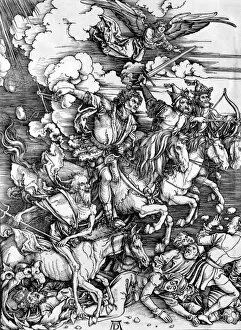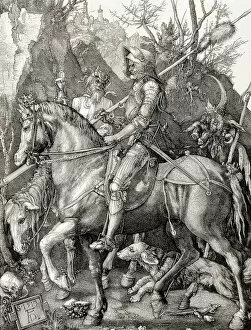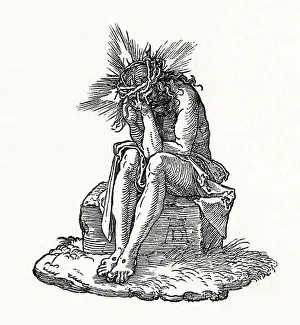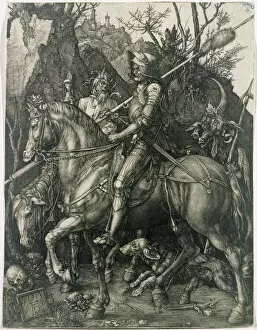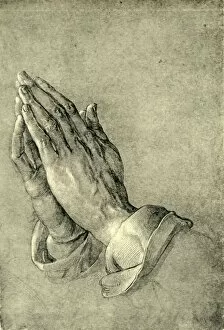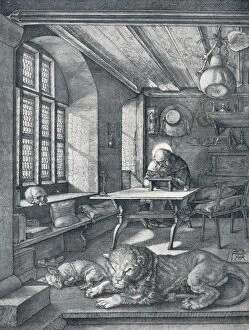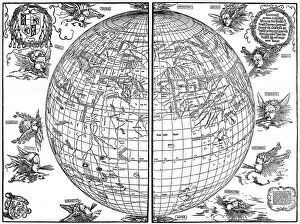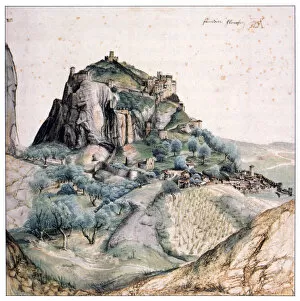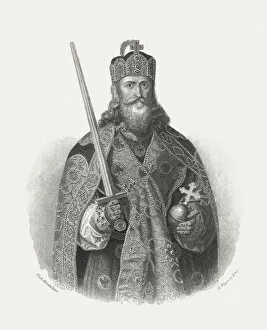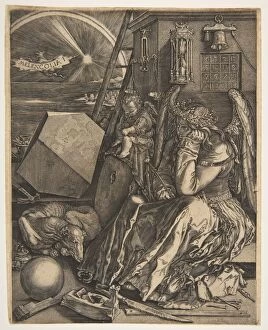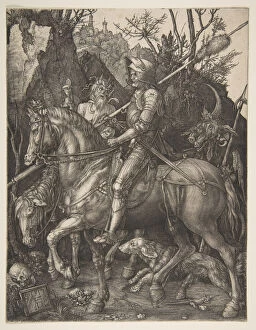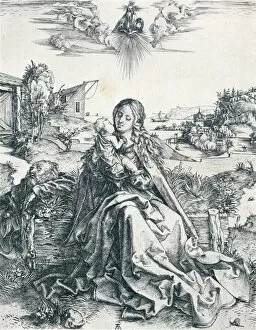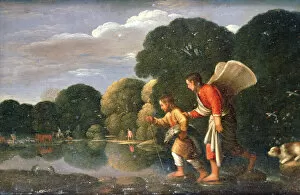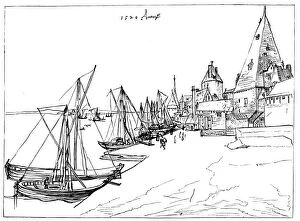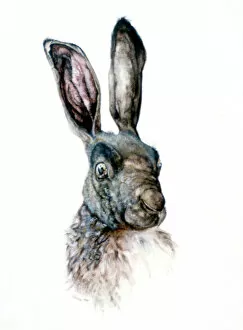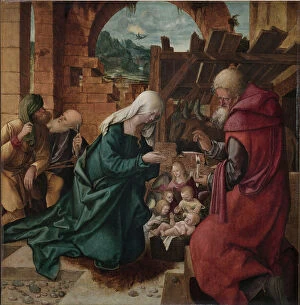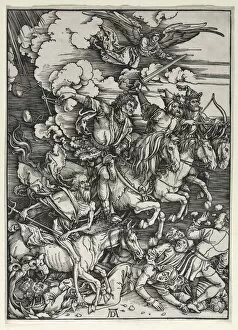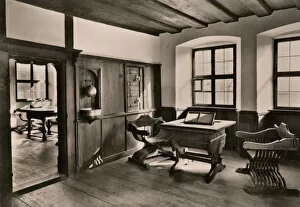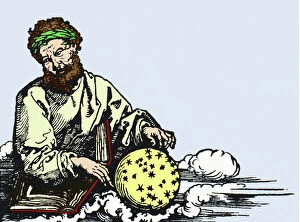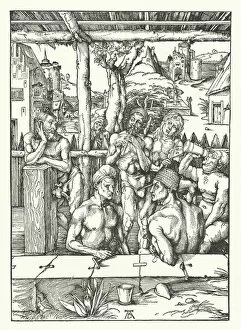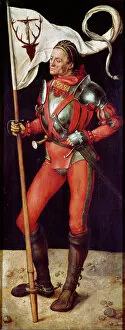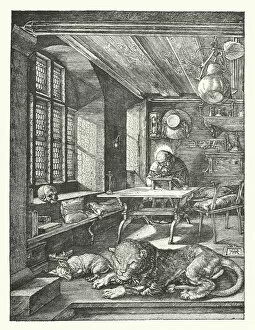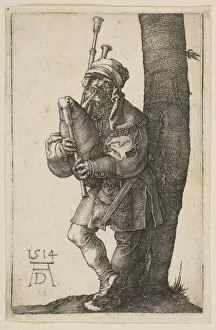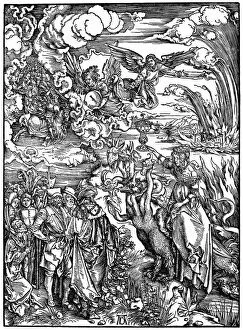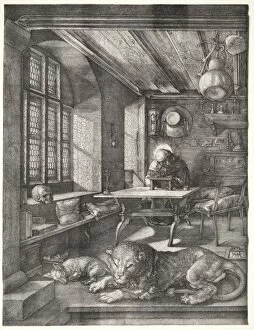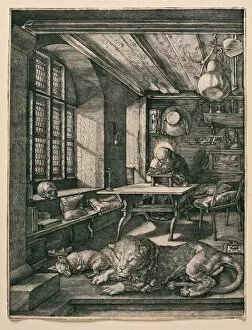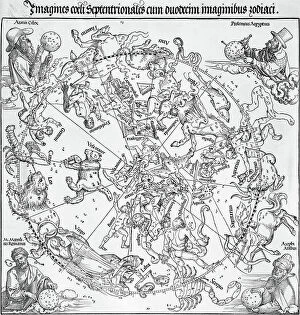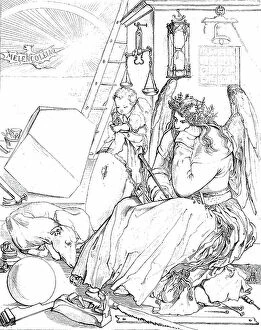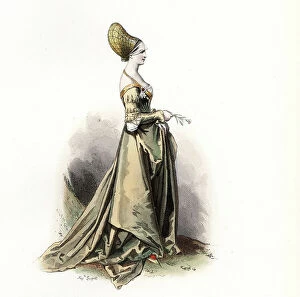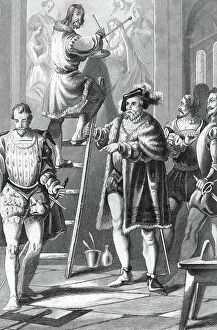Albrecht Durer Collection
Albrecht Durer was a German painter, printmaker, and engraver who lived during the Renaissance period
Choose a picture from our Albrecht Durer Collection for your Wall Art and Photo Gifts
2,454 items
All Professionally Made to Order for Quick Shipping
-
Albrecht Durer Collection
Albrecht Durer was a German painter, printmaker, and engraver who lived during the Renaissance period. He is considered one of the most significant artists of his time and is known for his detailed and realistic depictions of nature, animals, and religious subjects. Some of his popular themes include portraits, landscapes, still life paintings, and engravings that showcase intricate details such as textures and shading. His works were highly influential in shaping the Northern Renaissance art movement. Durer's legacy continues to inspire artists today with his technical skill and innovative use of perspective in creating stunning artworks that capture the essence of life around him.
+
Our beautiful pictures are available as Framed Prints, Photos, Wall Art and Photo Gifts
The Albrecht Durer collection from Media Storehouse is a stunning selection of wall art and framed prints that showcases the works of one of the most celebrated artists in history. Albrecht Durer was a German painter, printmaker, and theorist who lived during the Renaissance period. His artworks are known for their intricate details, technical excellence, and emotional depth. The Popular Themes collection features some of Durer's most iconic pieces such as "Melencolia I", "Knight, Death and Devil", and "Adam and Eve". These prints are available in various sizes to suit any space or decor style. The high-quality printing process ensures that each artwork retains its original colors and details. Whether you're an art lover or simply looking to add some sophistication to your home or office space, the Albrecht Durer collection from Media Storehouse offers a wide range of options that will satisfy your aesthetic needs.
+
What are Albrecht Durer (Popular Themes) art prints?
Albrecht Durer was a German painter, printmaker and theorist of the Renaissance period. He is considered one of the greatest artists of his time due to his exceptional skills in painting, engraving and woodcutting. His art prints are known for their intricate details, realism and symbolism. Popular themes in Albrecht Durer's art prints include religious subjects such as the Crucifixion and Madonna with Child, as well as mythological creatures like dragons and unicorns. He also depicted animals such as hares, rhinoceroses and birds. Durer's art prints were highly sought after during his lifetime and continue to be popular today due to their historical significance and artistic value. They are often reproduced on high-quality paper or canvas using modern printing techniques that preserve the original colors and textures of the artwork. Albrecht Durer's art prints are a testament to his extraordinary talent as an artist who mastered various mediums while creating timeless works that continue to inspire generations of people around the world.
+
What Albrecht Durer (Popular Themes) art prints can I buy from Media Storehouse?
We offer a wide range of Albrecht Durer art prints featuring popular themes. You can choose from his famous works such as "The Praying Hands," "Young Hare," and "Melencolia I." These prints are available in various sizes and formats, including framed or unframed options. In addition to these iconic pieces, Media Storehouse also has other notable works by Durer that showcase his exceptional talent in printmaking and painting. Some of these include "Knight, Death and the Devil," "Adam and Eve," and "Saint Jerome in His Study." Whether you're looking for classic Renaissance artwork or simply want to add some sophistication to your home decor, our collection of Albrecht Durer prints is sure to impress. With high-quality printing techniques used on premium materials, these prints will make a stunning addition to any room in your home or office.
+
How do I buy Albrecht Durer (Popular Themes) art prints?
To buy Albrecht Durer art prints from Media Storehouse, you can browse our extensive collection of artworks online. Once you have found the print that you like, select the size and format that suits your needs. You can choose between paper or canvas prints in a range of sizes. After selecting your preferred options, add the artwork to your cart and proceed to checkout. At this stage, you will be prompted to enter your personal details and payment information. We offer secure payment methods such as credit card or PayPal for your convenience. Once your order has been processed, it will be printed on high-quality materials using state-of-the-art technology. Your Albrecht Durer art print will then be carefully packaged and shipped directly to your address. With our easy-to-use website and reliable service, buying beautiful art prints has never been easier.
+
How much do Albrecht Durer (Popular Themes) art prints cost?
The cost of Albrecht Durer art prints varies depending on the size and type of print. We offer a range of options, including framed or unframed prints, canvas prints, and posters. The prices are competitive and affordable for those looking to add a piece of classic artwork to their collection. Albrecht Durer was a German artist who lived in the 15th century and is known for his intricate engravings and woodcuts. His popular themes include religious scenes, portraits, landscapes, animals, and mythological subjects. These timeless works continue to inspire artists today. Media Storehouse has a vast selection of Albrecht Durer's popular themes available for purchase online. Whether you're looking for an iconic image like "The Praying Hands" or something more obscure like "St Jerome in His Study," there's sure to be something that catches your eye at an affordable price point.
+
How will my Albrecht Durer (Popular Themes) art prints be delivered to me?
Your Albrecht Durer art prints from Media Storehouse will be delivered to you in a secure and protective packaging. The prints are carefully rolled and placed in a sturdy tube to ensure that they arrive at your doorstep undamaged. The tube is then sealed with tape and labeled with your address details for easy identification. Media Storehouse takes great care in ensuring that the quality of their products is not compromised during delivery. As such, all packages are tracked throughout the shipping process to provide customers with peace of mind. Once your package arrives, simply remove the print from the tube and allow it to flatten out naturally before framing or displaying it as desired. With this level of attention given to packaging, you can rest assured that your Albrecht Durer art prints will arrive safely and ready for display.


